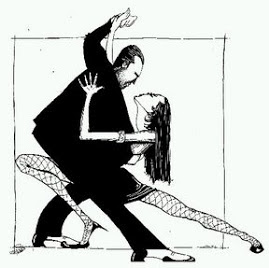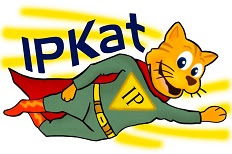
It was published last Tuesday (October 5, 2010) a relevant decision rendered by the 3rd. Chamber of the Brazilian Superior Court of Justice (STJ) that shapes up the protection of well known trademarks. The Special Appeal no. 1.114.745-RJ to STJ was filed by the company LIMA ROUPAS E ACESSÓRIOS LTDA. against a decision rendered by the 2nd Circuit of the Federal Court of Appeal in the city of Rio de Janeiro, which maintained the registration of the mark “SKECHERS” of the American company SKECHERS USA, INC. based on its notoriety in the clothing business.
The main arguments raised by the local company against the registration were that “SKECHERS” is an imitation of the mark “SKETCH” registered prior at the Brazilian Trademark Office (BTO) and the fact that both marks identify clothes and accessories. Accordingly, the decision of the 2nd. Circuit of the Federal Court of Appeal violated both IP Law and the Consumer Law. Once again, the grounds for the Special Appeal were that the mark “SKETCH” of the local company was registered before and the coexistence of the trademarks could lead consumers to confusion and error when choosing a product in the market.
The judges of the 3rd. Chamber of the STJ reaffirmed the decision rendered by the 2nd Circuit of the Federal Court of Appeals based on the worldwide notoriety of the mark “SKECHERS” in the clothing business and secured protection under Article 6bis of the Paris Convention and Article 126 of the Brazilian IP Law.
In this regard, it was pointed out that well known trademarks differ from highly known marks, as the latter holds special registration in all classes of products and services while well known is protected independently of registration inasmuch as notoriety is confirmed in a specific business sector.
Further to that, the judges addressed 2 important issues at stake. Firstly, they informed that protection is secured locally to those well known trademarks even in those cases where notoriety is acquired after a similar mark is registered at the BTO (insofar as the coexisting brands do not violate consumer rights).
The second point was the possibility of “SKECHERS” and “SKETCH” to coexist pacifically, since they identify different products despite the fact that they were registered in the same international class 25. While “SKECHERS” identifies clothing and accessories for sports and professional use, the local company holds “SKETCH” for clothing and accessories in general, including shoes. Therefore, the judges did not see any chance for consumers to get confused by the marks.
The novelty of the rendered decision is the ability of the judges to understand the concept of Article 6bis of the Paris Convention, to differentiate well known trademarks and highly known trademarks, and to set the boundaries for protection of well known marks.
This is certainly a relevant development in Brazilian law, especially if one recalls the difficulty of foreign owners to enforce well known trademarks in the near past and the hassle of the local judges to comprehend protection of intangibles.
Wednesday 13 October 2010
The Brazilian Superior Court of Justice Sets the Pace for the Protection of Well Known Trademarks in Brazil
Post a Comment

3.jpg)











